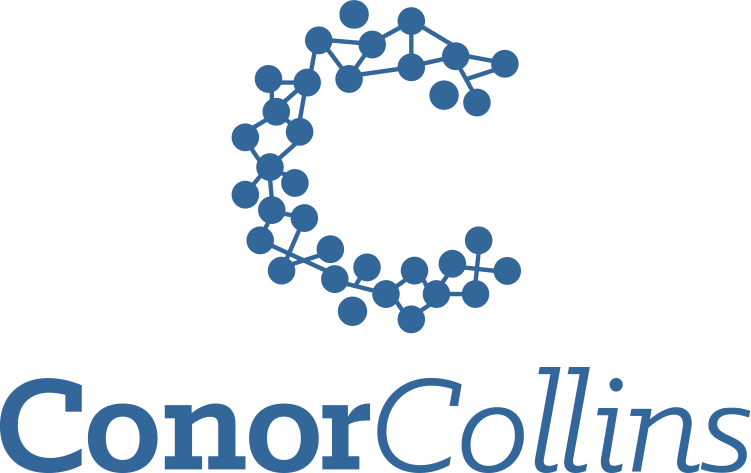When you’re in massage therapy school, you’re given a rubric to follow for every appointment. Intake, assessment, treatment plan/ongoing treatment, home care, repeat. All massage therapists are trained the same way. It helps give the appointments structure and predictability, and it also satisfies the regulatory guidelines of the College.
Unfortunately, public perception of massage therapy has some catching up to do. The public might be more familiar with the expected structure of a physiotherapy or a chiropractic appointment. I’ve been in clinical practice since 2018, and I still regularly have to address the client that starts disrobing before I’ve even had a chance to say “what brings you in?”. Can you imagine going to any other registered healthcare provider and expecting a treatment without an adequate intake? The clinician would probably be questioned on the way they operate their practice. Massage therapists are regulated healthcare providers, and because of that, we have professional obligations to provide a safe and effective treatment. We can’t do that unless we follow our standards of practice.
Occasionally, clients will get frustrated with this reality. I’ve heard “it’s just a massage” a few times in my career already. This is usually in the context of the client trying to speed up the intake so that we could just get to the massage. I used to find it offensive when I first started in clinic, but now I understand it’s just an opportunity to educate them on what massage therapy entails as a profession, and the importance of maintaining standards of practice. I usually hit a combination of these points to make my boundaries known with the client. If you have also struggled with this scenario, hopefully these talking points will be helpful to you:
- Massage therapy is a registered healthcare profession, and as such there are regulations that we must follow.
- Massage therapy can do more harm than good if intake/assessment is omitted.
- These standards are in place to make the treatment plan as effective and efficient as possible, and context is needed if the clinician is to make the treatment plan sound.
- A streamlined treatment plan based on intake/assessment findings can ultimately help you save time and money. There might even be a need for a cross-referral to a different professional.
- I’m bound by professional standards, and if I don’t follow them and I’m caught breaking the regulations, that can have consequences for my professional reputation. While I understand that you find this process frustrating, I can’t jeopardize my source of income.
Usually by this point, the client understands that they won’t be able to push me into breaking the regulations of the College. It actually also helps cement trust in you as a therapist, because the client understands that you have standards for the way you operate your practice, and the client sees the boundaries of it now. Both the client and the therapist feel less stress in the therapeutic relationship when expectations are clearly communicated in advance.
If all else fails and the client hasn’t calmed down by this point, then I ask them to explain why they find the process as stressful as they do. If we get to this point, my aim to be a soft place for an explanation rather than accusatory. If you meet their flustered energy with your own agitation, it will only escalate the situation. I’ve found that usually their impatience is linked to a trigger that got flared just prior to the appointment. They tend to be very personal reasons. For example, I’ve had one client tell me that they just found out their best friend died. Another client had witnessed a collision on their way to the clinic, and it sent their nervous system into a trauma response that manifested as impatience during intake. A third client told me that they’ve been nervous many weeks in advance for this appointment, because they have struggles with body acceptance and they’re scared of being touched.
If you extend an invitation for a space where your client can express the source of their stress, it provides you an opportunity to connect on a human level. Humans co-regulate each others’ nervous systems. What irritates one has the power to irritate another. What soothes one has the power to soothe another. We think we’re providing soft-tissue work, but this is often an over-simplification of the many ways that we can provide support. We actually have the ability to help much more than that, it just depends on how we choose to show up and hold space.
If you’re looking to grow your understanding of concussions and how to assess, treat, and rehabilitate this often daunting injury- registration is now open for the October 2022 course! Link here: https://conorpcollins.com/courses/
About the Author
Ashley is a Massage Therapist from Moncton, New Brunswick with a special interest in managing concussions. Outside of clinical practice, she is a Lead Instructor in our “Understanding the Complexity of Concussion” courses as well as the Editor of this website’s blog.
Ashley decided to pursue massage therapy as a second career in order to help others. With prior experience in the field of Archaeology at the Master’s level, Ashley is an integral part of course development, helping to improve and assess the quality of our course delivery.



Recent Comments